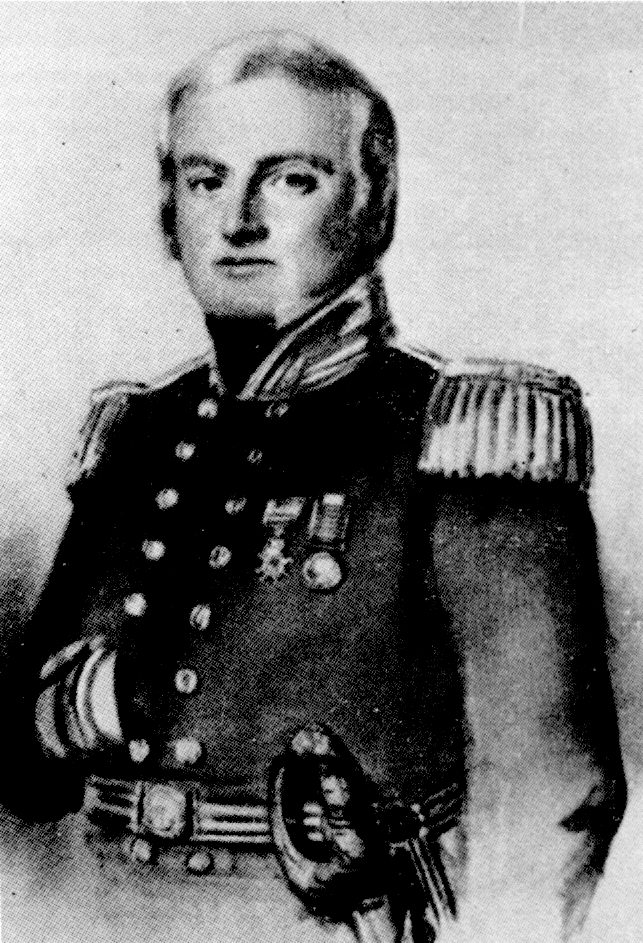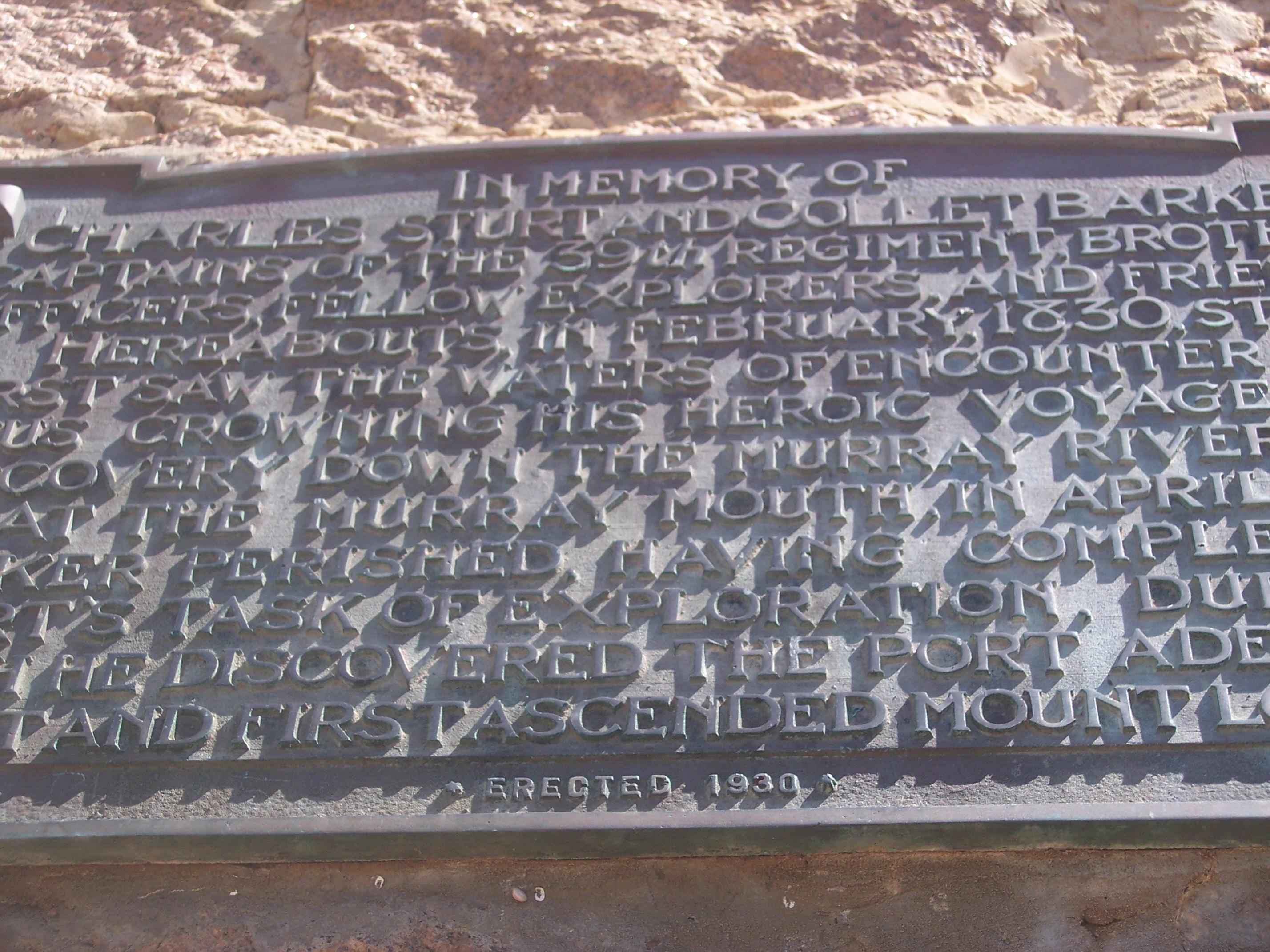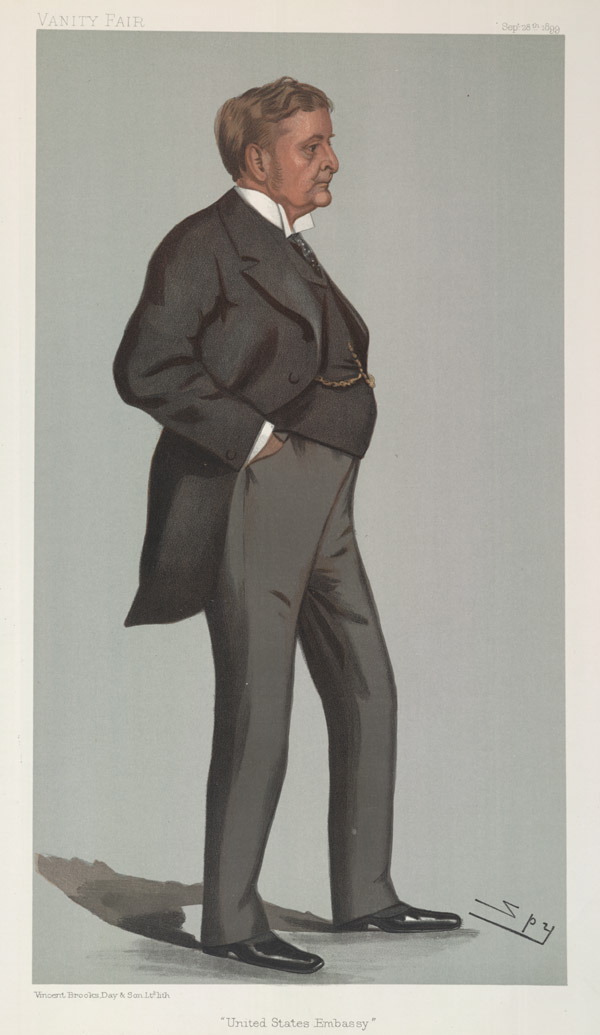|
Moseley Square
Moseley Square is a public square in the City of Holdfast Bay at Glenelg, and was named for Henry J. Moseley, the builder and first publican of the Pier Hotel, Glenelg. Located between Jetty Road and Glenelg Beach, the Square is the location of the Glenelg Town Hall, Glenelg Jetty, the Stamford Grand Hotel and various fast-food outlets. It is the terminus of the Glenelg tram line (for many years the only tram line in Adelaide) from Adelaide. It is a site of major events including the Glenelg Jazz Festival and the City to Bay Fun Run. Centenary monument On 28 December 1936 an obelisk erected to commemorate the landing of British pioneer settlers 100 years earlier was unveiled at Moseley Square. The memorial was designed by architect Gordon Beaumont Smith and shaped by Adelaide monumental mason A. S. Tillett from South Australian marble on a base of Victor Harbor granite. It was topped by a bronze model of HMS ''Buffalo'' modelled by H. Dalton Hall. In the frieze at the ... [...More Info...] [...Related Items...] OR: [Wikipedia] [Google] [Baidu] |
Town Square
A town square (or square, plaza, public square, city square, urban square, or ''piazza'') is an open public space, commonly found in the heart of a traditional town but not necessarily a true square, geometric square, used for community gatherings. Related concepts are the civic center, the market square and the village green. Most squares are hardscapes suitable for open market (place), markets, concerts, political rallies, and other events that require firm ground. Being centrally located, town squares are usually surrounded by small shops such as bakeries, meat markets, cheese stores, and clothing stores. At their center is often a water well, well, monument, statue or other feature. Those with fountains are sometimes called fountain squares. By country Australia The Adelaide city centre, city centre of Adelaide and the adjacent suburb of North Adelaide, in South Australia, were planned by Colonel William Light in 1837. The city streets were laid out in a grid plan, with t ... [...More Info...] [...Related Items...] OR: [Wikipedia] [Google] [Baidu] |
Governor Hindmarsh
Rear-Admiral Sir John Hindmarsh KH (baptised 22 May 1785 – 29 July 1860) was a naval officer and the first Governor of South Australia, from 28 December 1836 to 16 July 1838. Family His grandfather William Hindmarsh was a gardener in Coniscliffe, County Durham. His father, John Hindmarsh, was born on 27 June 1753 and baptised at St Cuthbert's Church, Darlington. He was pressed into the Royal Navy, and eventually became a warrant officer of the ''Bellerophon''. On 23 August 1784 Hindmarsh (senior) married Mrs Mary Roxburgh, a widow, at St George's-in-the East, Middlesex.'The Journal of the Northumberland & Durham Family History Society, Volume 12, No 2, Summer 1987 p40, ''From Durham to the South Seas'', by FS Hindmarsh, (This is p13 of the pdf file.) [...More Info...] [...Related Items...] OR: [Wikipedia] [Google] [Baidu] |
William Light
William Light (27 April 1786 – 6 October 1839), also known as Colonel Light, was a British- Malayan naval and army officer. He was the first Surveyor-General of the new British Province of South Australia, known for choosing the site of the colony's capital, Adelaide, and for designing the layout of its streets, six city squares, gardens and the figure-eight Adelaide Park Lands, in a plan later sometimes referred to as Light's Vision. He was the eldest son of Captain Francis Light, founder of Penang, and Martina Rozells. Early life Light was born in Kuala Kedah, Kedah (now in Malaysia) on 27 April 1786, the eldest son of Captain Francis Light, founder and Superintendent of Penang, and Martinha Rozells, who was of Portuguese or French, and Siamese or Malay descent. He was thus legally classed as Eurasian, an ethnic designation which granted the designated a middle position between the natives and the Europeans. He was baptised on 31 December 1786, Georgetown, Penang. ... [...More Info...] [...Related Items...] OR: [Wikipedia] [Google] [Baidu] |
Collet Barker
Collet Barker (31 December 1784 – 30 April 1831) was a British military officer and explorer. He explored areas of South Australia, Western Australia and Cobourg Peninsula, Northern Territory. History Barker was born in Hackney, England, and lived in Newbury as a child. He joined the British Army on 23 January 1806, as an ensign by purchase in the 39th Regiment of Foot; he became a lieutenant in 1809 and a captain in 1825. Barker was a veteran of the Peninsular Wars, serving in Sicily, Portugal, Spain, and France. He also served in Canada and Ireland before embarking with his regiment, the 39th Regiment of Foot 1st Battalion, on the prison hulk ''Phoenix'' for Australia; he arrived in Sydney on 18 July 1828. Northern Territory On 13 September 1828 he arrived as the new commandant of Fort Wellington, the settlement at Raffles Bay in the Northern Territory. When Barker arrived to take up command at Fort Wellington, relations between the Aboriginal people and the settlers ... [...More Info...] [...Related Items...] OR: [Wikipedia] [Google] [Baidu] |
Charles Sturt
Charles Napier Sturt (28 April 1795 – 16 June 1869) was a British officer and explorer of Australia, and part of the European exploration of Australia. He led several expeditions into the interior of the continent, starting from Sydney and later from Adelaide. His expeditions traced several of the westward-flowing rivers, establishing that they all merged into the Murray River, which flows into the Southern Ocean. He was searching to prove his own passionately held belief that an " inland sea" was located at the centre of the continent. He reached the rank of Captain, served in several appointed posts, and on the Legislative Council. Born to British parents in Bengal, British India, Sturt was educated in England for a time as a child and youth. He was placed in the British Army because his father was not wealthy enough to pay for Cambridge. After assignments in North America, Sturt was assigned to accompany a ship of convicts to Australia in 1827. Finding the place to his lik ... [...More Info...] [...Related Items...] OR: [Wikipedia] [Google] [Baidu] |
Nicolas Baudin
Nicolas Thomas Baudin (; 17 February 1754 – 16 September 1803) was a French explorer, cartographer, naturalist and hydrographer, most notable for his explorations in Australia and the southern Pacific. Biography Early career Born a commoner in Saint-Martin-de-Ré on the Île de Ré on 17 February 1754, Nicolas Baudin joined the merchant navy as an apprentice (''pilotin'') at the age of 15; he was then "of average height with brown hair". He then joined the French East India Company at the age of 20 on ''Flamand''. He returned from India on ''L'Étoile'' and arrived at Lorient. At the beginning of 1778, he was to set sail from Nantes on ''Lion'' as second lieutenant. It was a ship equipped by his uncle, Jean Peltier Dudoyer, at the request of the Americans, which would become a privateer and be renamed ''Deane''. At first the Minister for the Navy was against it, but he finally changed his mind and authorised the departure, as France had signed a treaty with the United ... [...More Info...] [...Related Items...] OR: [Wikipedia] [Google] [Baidu] |
Matthew Flinders
Captain Matthew Flinders (16 March 1774 – 19 July 1814) was a British navigator and cartographer who led the first inshore circumnavigation of mainland Australia, then called New Holland. He is also credited as being the first person to utilise the name ''Australia'' to describe the entirety of that continent including Van Diemen's Land (now Tasmania), a title he regarded as being "more agreeable to the ear" than previous names such as ''Terra Australis''. Flinders was involved in several voyages of discovery between 1791 and 1803, the most famous of which are the circumnavigation of Australia and an earlier expedition when he and George Bass confirmed that Van Diemen's Land was an island. While returning to Britain in 1803, Flinders was arrested by the French governor at Isle de France (Mauritius). Although Britain and France were at war, Flinders thought the scientific nature of his work would ensure safe passage, but he remained under arrest for more than six years. In ... [...More Info...] [...Related Items...] OR: [Wikipedia] [Google] [Baidu] |
Pieter Nuyts
Pieter Nuyts or Nuijts (born 1598 – 11 December 1655) was a Dutch Exploration, explorer, diplomat and politician. He was part of a landmark expedition of the Dutch East India Company in 1626–27 which mapped the southern coast of Australia. He became the Dutch ambassador to Japan in 1627, and he was appointed governor of Formosa in the same year. Later he became a controversial figure because of his disastrous handling of official duties, coupled with rumours about private indiscretions. He was disgraced, fined and imprisoned, before being made a scapegoat to ease strained Dutch relations with the Japanese. He returned to the Dutch Republic in 1637, where he became the mayor of Hulster Ambacht and of Hulst. He is chiefly remembered today in the place names of various points along the southern Australian coast, named for him after his voyage of 1626–27. During the early 20th century, he was vilified in Japanese school textbooks in Taiwan as an example of a "typical arrogant ... [...More Info...] [...Related Items...] OR: [Wikipedia] [Google] [Baidu] |
Robert Torrens (economist)
Robert Torrens (1780 – 27 May 1864) was a Royal Marines officer, political economist, part-owner of the influential ''Globe'' newspaper, and a prolific writer. He also chaired the board of the London-based South Australian Colonisation Commission created by the ''South Australia Act 1834'' to oversee the new colony of South Australia, before the colony went bankrupt and he was sacked in 1841. He was chiefly known for championing the cause for emigration to the new colony, and his name lives on in Adelaide's main river, the Torrens, the suburb of Torrensville and a few other places. He is sometimes referred to as Colonel Robert Torrens, but his final army rank is disputed in various sources. His son, Sir Robert Richard Torrens, spent many years in South Australia, even serving for a short time as the state Premier, and became known for his land reform. Early life and family Torrens was born in Hervey Hill, Derry, Ireland, the son of Robert Torrens of Hervey Hill and his ... [...More Info...] [...Related Items...] OR: [Wikipedia] [Google] [Baidu] |
South Australian School Of Arts And Crafts
The South Australian School of Design was an art school in the earliest days of the City of Adelaide, the progenitor of the South Australian School of Arts, a department of the University of South Australia. Origin In 1856 Charles Hill started a private School of Art in Pulteney Street, where, in that same year, the South Australian Society of Arts was formed. In 1861 the South Australian School of Design was founded under the management of the Society of Arts and connected with the South Australian Institute, with Charles Hill in charge. In 1862 enrolments were low and decreasing, rising slightly to 21 students in 1863. From the beginning, students were encouraged to show their work at Society exhibitions, and special prizes were offered for members of the School. This led to much mediocre work being shown, but acted as an impetus to native talent. By 1868 there were three classes: girls, boys, and young men, with an average attendance of 25. The school moved into a larger hall ... [...More Info...] [...Related Items...] OR: [Wikipedia] [Google] [Baidu] |
Joseph Hodges Choate (artist)
Joseph Hodges Choate (January 24, 1832 – May 14, 1917) was an American lawyer and diplomat. Choate was associated with many of the most famous litigations in American legal history, including the Kansas prohibition cases, the Chinese exclusion cases, the Isaac H. Maynard election returns case, the Income Tax Suit, and the Samuel J. Tilden, Jane Stanford, and Alexander Turney Stewart will cases. In the public sphere, he was influential in the founding of the Metropolitan Museum of Art. Early life Choate was born in Salem, Massachusetts, on January 24, 1832. He was the son of Margaret Manning (''née'' Hodges) Choate and physician George Choate. Among his siblings were William Gardner Choate, a United States district judge of the United States District Court for the Southern District of New York, Dr. George Cheyne Shattuck Choate, and a sister, Caroline Choate. His father's first cousin (his first cousin once removed) was Rufus Choate, a U.S. Representative and U.S. Senator ... [...More Info...] [...Related Items...] OR: [Wikipedia] [Google] [Baidu] |
Ivor Hele
Sir Ivor Henry Thomas Hele, CBE (13 June 1912 – 1 December 1993) was an Australian artist noted for portraiture. He was Australia's longest serving war artist and completed more commissioned works than any other in the history of Australian art. Biography Hele was born in Edwardstown, South Australia, the youngest of four children of Arthur Hele and his wife Ethel May Hele, née Thomas, later moving to 13 Brown Street (now part of Morphett Street), Adelaide. He attended Westbourne Park Primary School for a short time, then Prince Alfred College, where at age eight he began art classes under James Ashton, the drawing master. In 1923 his painting "The Bedouin" was a prize winner at a London exhibition. In 1924 he started studies at the South Australian School of Arts and Crafts under Miss M. Kelly and completed his first year with honours. He was awarded three first class certificates at the Royal Drawing Society's Art Exhibition in 1924, and Princess Louise's Prize at th ... [...More Info...] [...Related Items...] OR: [Wikipedia] [Google] [Baidu] |







